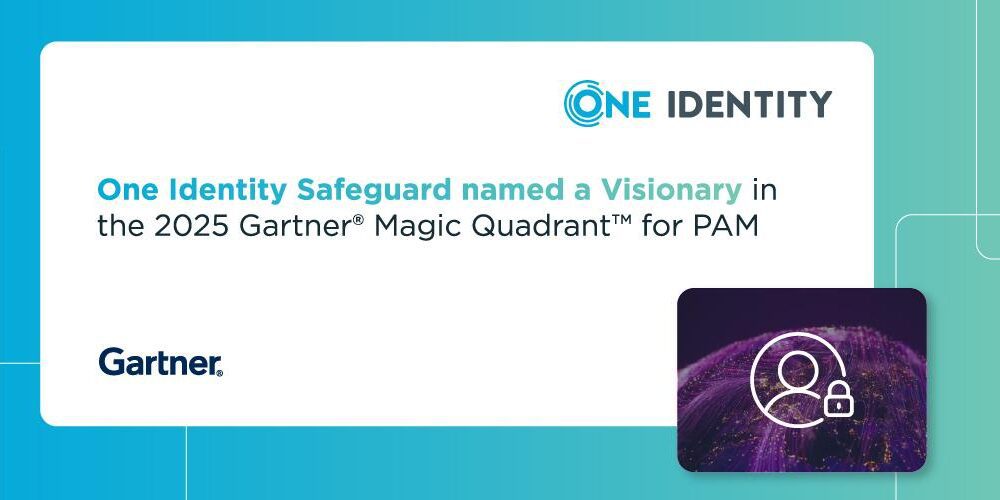Looking to improve employee productivity?
Companies everywhere are facing the same problem. Employees need access to data, applications, and systems wherever and whenever. But managing hundreds and even thousands of mobile devices is more complicated than you may think.
Here’s the deal:
Without the right system, mobile device management quickly becomes a burden. It’s a nightmare of security risks, higher costs, and employees who can’t access what they need to work.
That’s where managed mobility solutions come in.
Services that manage everything from device deployment to security to cost reduction. Companies that take advantage of managed mobility solutions see real productivity gains and significant cost savings.
Let’s dive in!
Here’s The Deal:
- Why Managed Mobility Services Matter
- The Productivity Problem Most Companies Face
- How Managed Mobility Solutions Drive Results
- Getting More From Mobile Devices
- Security Without Sacrificing Speed
Why Managed Mobility Services Matter
Managed mobility services are not just an IT cost center…
They are a productivity multiplier.
Consider how many devices your employees use every day. Smartphones, tablets, laptops – they all connect to your network and access sensitive company data. Now consider who is managing all of that.
Here’s the thing most companies miss:
Managed mobility handles the entire lifecycle of your mobile devices. This includes procurement, setup, security, support, and eventually retirement. It’s an end-to-end device management approach that lifts the burden from your IT team.
The managed mobility services market is growing at a 31.8% annual rate to reach $469.71 billion by 2033. Why such strong growth?
Businesses have finally realized that mobility is no longer optional. It is the very foundation of how work gets done.
When employees have consistent and reliable access to the tools and data they need to work, productivity skyrockets. But how do you manage that access across dozens or hundreds of devices? That’s when things get complicated.
The Productivity Problem Most Companies Face
Let me show you the real problem…
The majority of companies are in reactive mode when it comes to mobile devices. An employee’s phone dies, and IT scrambles to fix it. A new security threat emerges, and everyone panics to patch it. An employee leaves the company, and their device gets stuck in a drawer for months.
Does this sound familiar?
The reactive nature of mobile device management is a major productivity killer. Employees have to wait for device issues to be addressed. IT teams waste time on troubleshooting instead of value-adding projects. Security gaps widen.
But here’s another thing that most people miss…
Device sprawl is out of control. Companies are trying to manage Apple and Android devices, tablets, and laptops all at the same time. Each one requires different settings, different apps, and different security protocols.
Without a single unified system, this is chaos.
How Managed Mobility Solutions Drive Results
Here is where things get interesting…
Enterprises that implement managed mobility solutions report immediate improvements. And the data supports it.
Studies show that 68% of organizations report improved employee productivity when they have a proper mobile device management strategy. This is not a minor increase. This is a game-changer.
Why does it work so well?
Managed mobility providers offer 24/7/365 support. When an employee is having a device issue at 2 AM while traveling, they get help right away. No waiting until Monday morning. No lost productivity.
They also have robust analytics. Organizations can see which applications are used most, which devices are underperforming, and where security risks lie. This data-driven approach allows for better decision-making about mobile strategy.
And here’s the kicker…
Companies with the right BYOD policies in place can save an average of $350 per employee each year. For SMBs, that is a lot of money quickly.
Some even reactive managed mobility programs can push those savings even higher to $1,300 per employee per year.
Getting More From Mobile Devices
Do you want to know what separates high-performing companies from the rest?
They optimize their mobile infrastructure.
Gartner found in 2024 research that 77% of workers would happily use refurbished devices if it helped their company hit sustainability goals. This creates opportunities for cost savings and supporting environmental initiatives.
But device optimization is about more than just what hardware employees use…
Managed mobility solutions ensure that the right devices are being used for their intended purpose. A field technician needs different capabilities than an office administrator. Matching the device to the actual need avoids overspending on unnecessary features and underperforming on critical tasks.
Here’s what real optimization looks like:
- Automated device provisioning that sets new employees up in hours instead of days
- Proactive device monitoring catching issues before they affect productivity
- Centralized management that automatically handles updates and security patches
- Visibility into device performance across the whole organization in real-time
The result is employees spending more time working and less time fighting technology problems.
Security Without Sacrificing Speed
This is the part most companies struggle with…
Security and productivity feel like opposing forces. Lock everything down, and employees can’t work efficiently. Give employees too much freedom, and data breaches become inevitable.
Managed mobility services provide the solution.
Unified endpoint management solutions provide centralized control over all devices accessing company data. Whether it’s an employee-owned phone or a corporate laptop, security policies apply to all.
But here’s the key:
Good security does not slow people down. Automated security protocols built into modern managed mobility platforms operate in the background. Employees have seamless access to what they need while the system continuously monitors for threats.
This is essential for the growing complexity of BYOD and hybrid work environments. More employees are working from home and on the go, and maintaining security across a variety of devices is critical.
The managed mobility services market is responding to these needs. Providers are investing heavily in AI-powered threat detection and automated incident response. These solutions identify suspicious activity far faster than human teams.
And when security incidents inevitably occur?
Managed mobility providers can remotely wipe lost or stolen devices, protecting company data without IT staff scrambling in the middle of the night.
Wrapping Things Up
Mobile devices are no longer optional business tools. The problem is that effective mobile device management requires specialized expertise and resources that most companies lack internally.
Managed mobility services fill this gap by offering comprehensive support that maximizes productivity while reducing costs and security risks. The market is growing rapidly for a very simple reason – the value is undeniable, leading to better business results.
Organizations implementing these solutions see:
- Increased productivity – employees receive faster support and more reliable access to necessary tools
- Reduced costs – streamlined device management reduces both direct and hidden expenses
- Improved security – centralized management and automated monitoring prevent breaches
- Greater flexibility – allows for diverse devices and work arrangements
The move to mobile-first work is not a temporary shift. It is the new normal. Businesses that invest in the right mobile device management now are positioning themselves for long-term success.
Let’s quickly recap:
- Managed mobility provides full lifecycle management for your devices
- Mobile management drives measurable productivity
- Security does not have to come at the expense of speed
- Market growth is due to real results
This is not about jumping on the latest tech bandwagon. It’s about providing your team with the mobile foundation they need to do their best work. From anywhere.





























